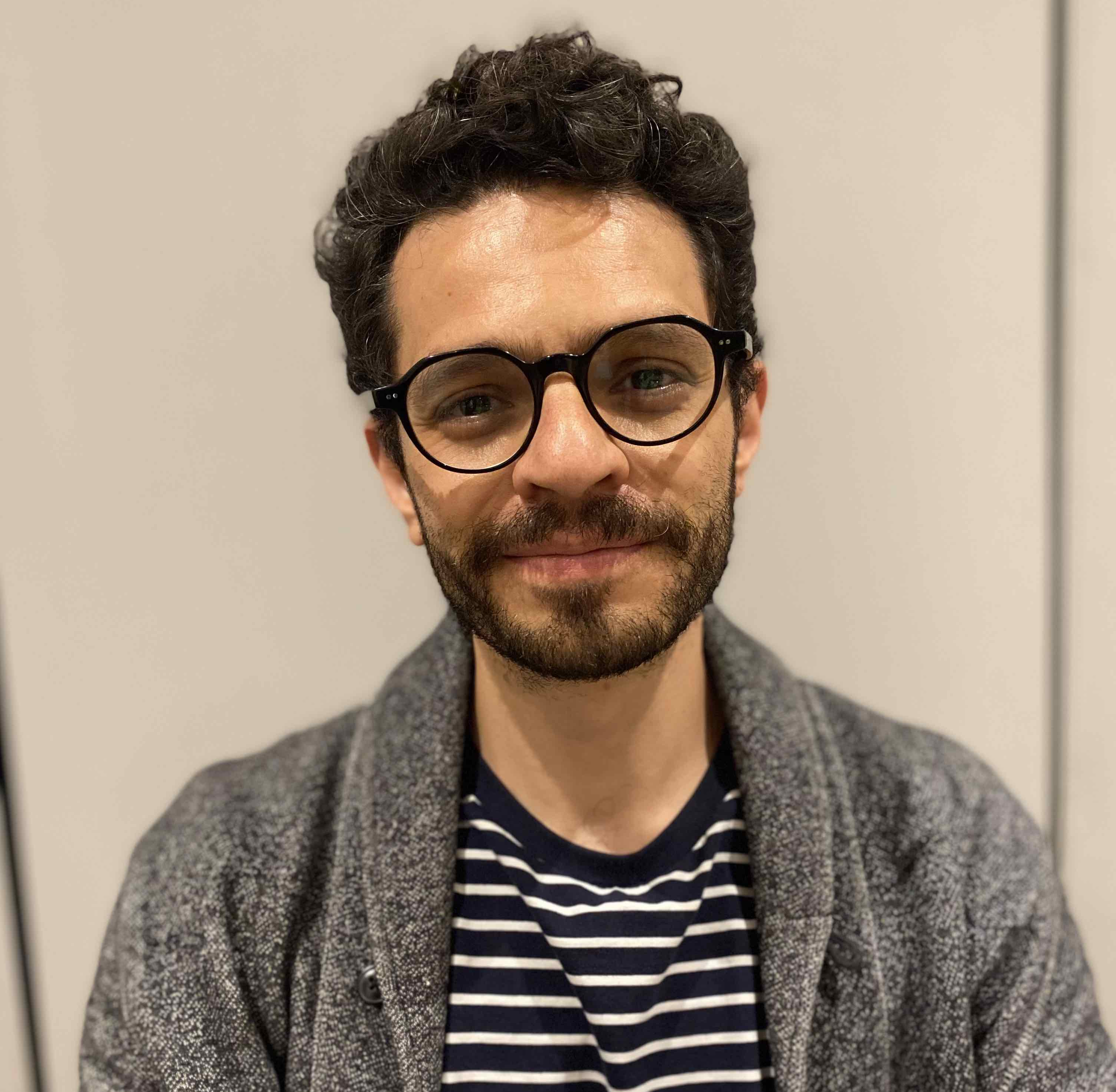
Mexico City has one of the highest incidences of acute lymphoblastic leukemia (ALL) globally, with patients showing low survival, and high relapse rates. To gain more insight into the molecular features of B-ALL in Mexican children, we isolated CD10 + /CD19 + precursor B lymphoblasts from four bone marrow and nine peripheral blood samples of B-ALL patients using a fluorescence-activated cell sorting protocol. The global gene expression profile (BM vs PB) revealed 136 differentially expressed genes; 62 were upregulated (45.6%) and 74 were downregulated (54.4%). Pearson's correlation coefficient was calculated to determine the similarity between pre-B lymphoblast populations. We selected 26 highly significant genes and validated 21 by RT-qPCR (CNN3, STON2, CALN1, RUNX2, GADD45A, CDC45, CDC20, PLK1, AIDA, HCK, LY86, GPR65, PIK3CG, LILRB2, IL7R, TCL1A, DOCK1, HIST1H3G, PTPN14, CD72, and NT5E). The gene set enrichment analysis of the total expression matrix and the ingenuity pathway analysis of the 136 differentially expressed genes showed that the cell cycle was altered in the bone marrow with four overexpressed genes (PLK1, CDC20, CDC45, and GADD45A) and a low expression of IL7R and PIK3CG, which are involved in B cell differentiation. A comparative bioinformatics analysis of 15 bone marrow and 10 peripheral blood samples from Hispanic B-ALL patients collected by the TARGET program, corroborated the genes observed, except for PIK3CG. We conclude the Mexican and the Hispanic B-ALL patients studied present common driver alterations and histotype-specific mutations that could facilitate risk stratification and diagnostic accuracy and serve as potential therapeutic targets.© 2022. The Author(s).








